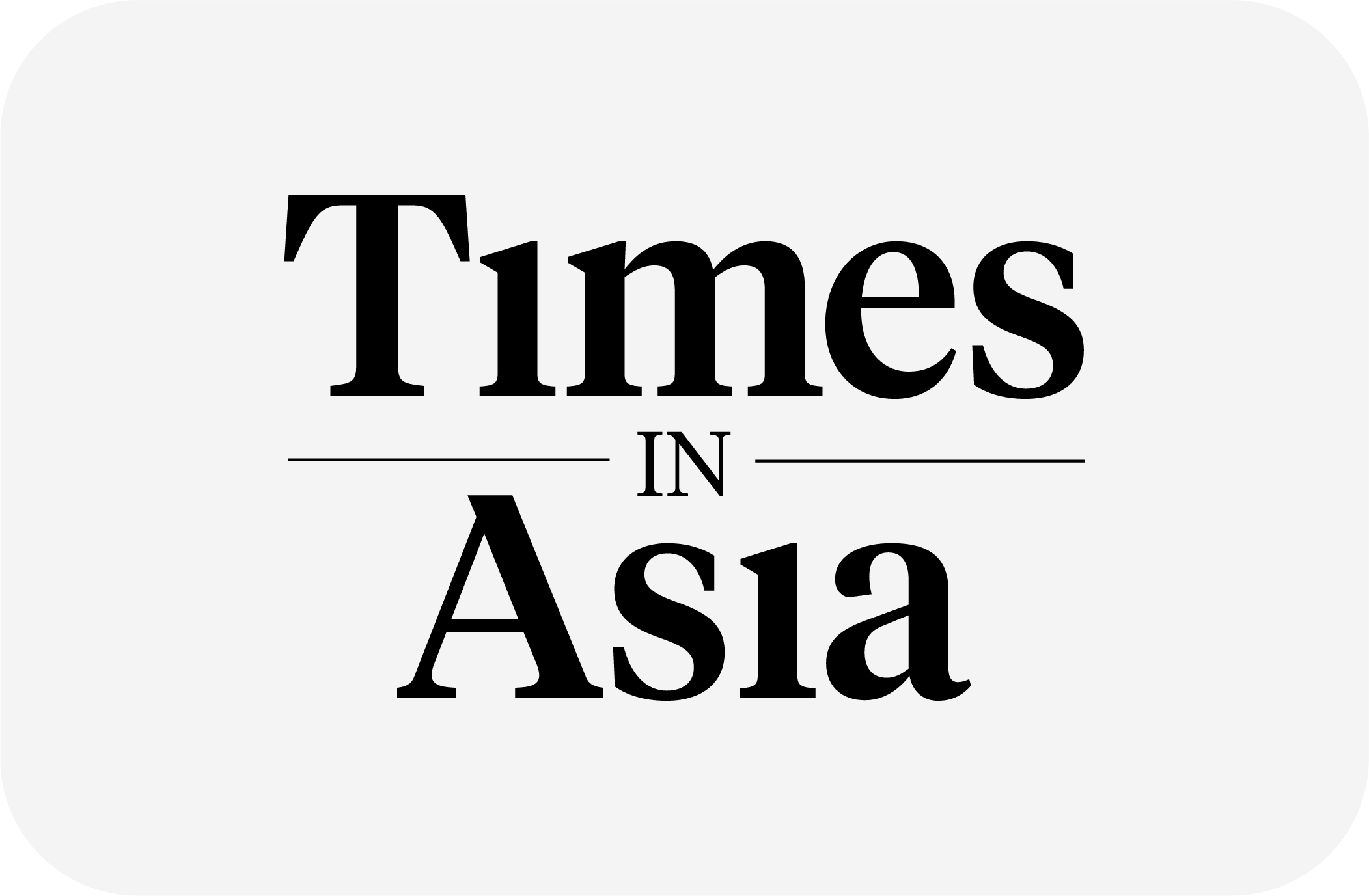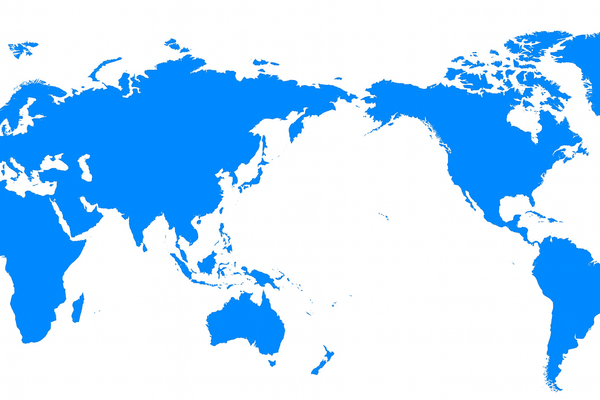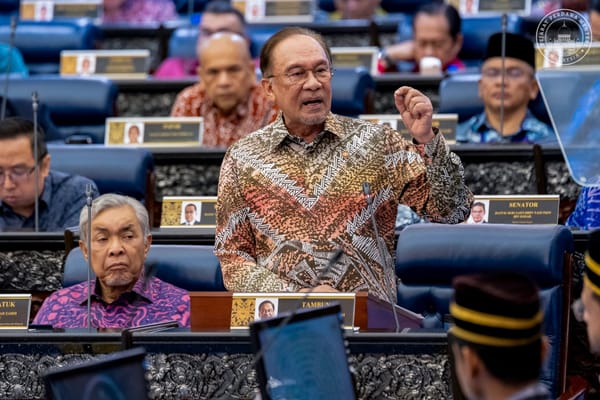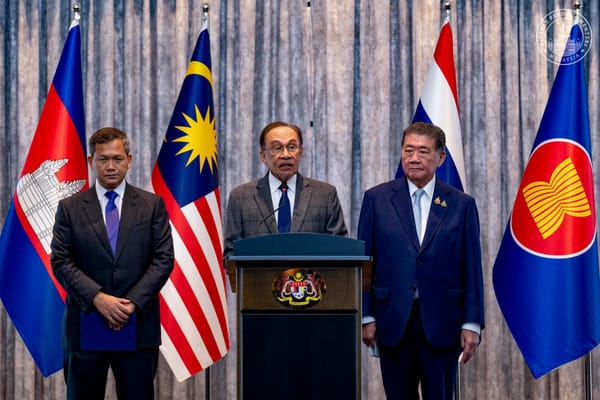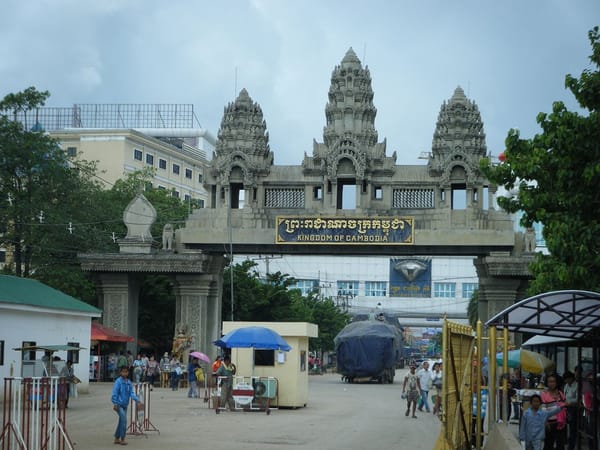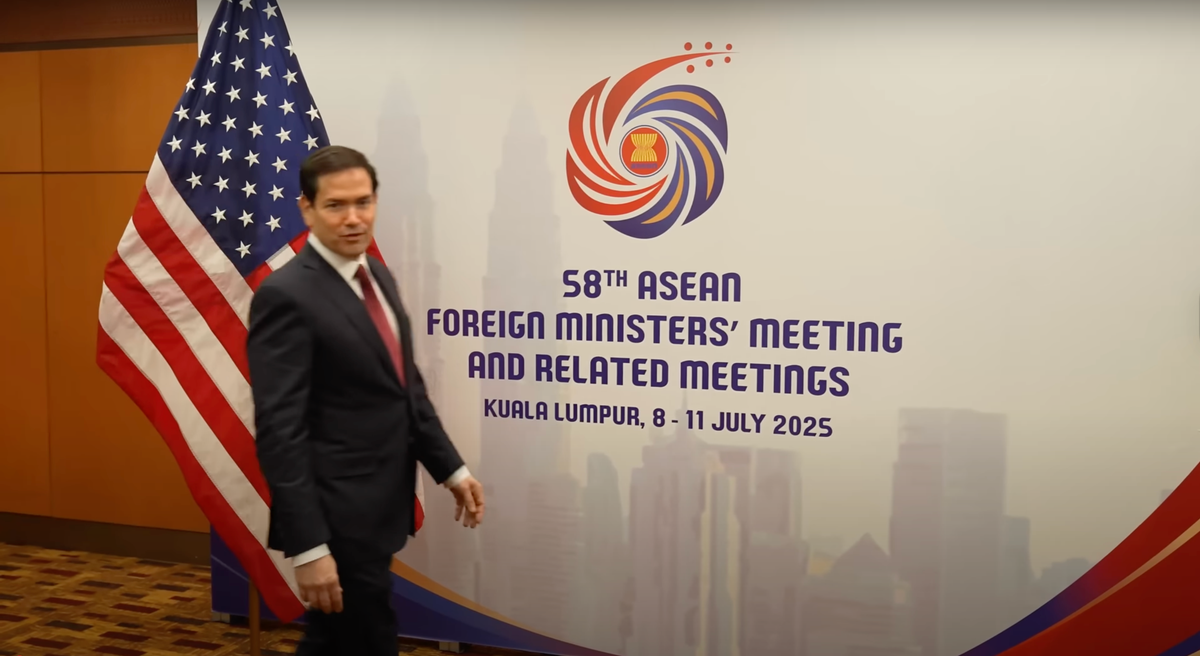
ASEAN responds to Trump tariffs in wake of Rubio visit
Southeast Asia (SEA) governments are seeking clarification and concessions after US Secretary of State Marco Rubio’s first official visit to the region, which followed the Trump administration’s decision to issue new tariff notices to nearly all ASEAN countries.
Rubio downplayed the blanket tariff letters as a “baseline” designed to restore industrial fairness, while insisting individual nations could negotiate their own outcomes. “We’re the world’s biggest consumer, and these imbalances have been building for decades,” Rubio said during the 15-17 July visit. “This is about fairness, not retaliation.”
The visit triggered immediate reactions from ASEAN capitals, with governments deploying both public messaging and backchannel diplomacy to secure sectoral protection.
Malaysia calls for regional trade integration
Malaysia, which faces a 25% reciprocal tariff, is calling for stronger intra-ASEAN trade in response. Malaysian Prime Minister Anwar Ibrahim used the ASEAN Foreign Ministers’ Meeting in Kuala Lumpur to stress the importance of building regional resilience amid “external volatility”.
Thailand, Indonesia brace for agricultural impact
Thailand, subject to a steep 36% tariff, has warned of a 20% decline in US-bound rice exports due to increased pressure from Vietnam. Culture Minister Paetongtarn Shinawatra, a former prime minister, earlier said Bangkok would prioritise talks to shield GDP and rural livelihoods.
Indonesia, hit with a 32% tariff, faces similar risks. The Indonesian Palm Oil Association projected a 15–20% drop in US exports, with government officials seeking adjustments to protect agricultural exports and market share.
The Philippines, facing a 20% rate, has formally requested bilateral talks. The Philippine Department of Trade and Industry warned that the tariff could constrain exports in key growth sectors such as fruit and electronics.
Tariff adjustments for Cambodia, Laos and Myanmar
Cambodia’s US tariff was reduced from 49% to 36% after diplomatic outreach. The change was welcomed by garment and footwear producers, though concerns remain over the high baseline.
Laos and Myanmar now face 40% tariffs, down from 48% and 44% respectively. Myanmar’s military-led government formed a trade delegation to lobby for rates between 0-10%, in a move analysts see as part of its broader international positioning strategy.
Singapore cautious, despite low tariff
Singapore appears to have secured a 10% rate - the region's lowest - and may benefit from existing free trade arrangements. However, a national taskforce has been formed to monitor downstream impacts and prepare mitigation measures. Officials warned of potential inflation and cost-of-living pressures, but ruled out retaliatory action.
Vietnam agrees to two-tier deal
Meanwhile Vietnam has already reached a preliminary deal to reduce its standard tariff from 46% to 20%, while accepting a 40% levy on third-country trans-shipments. The Vietnamese Ministry of Industry and Trade said new inspections and rules-of-origin enforcement would be introduced, especially in sectors vulnerable to trade fraud.
Vietnamese Deputy Trade Minister Phan Thi Thang said the country remained committed to maintaining investor confidence. “The tariff revision is unexpected, but we see it as an opportunity to raise standards and diversify into higher-value export markets,” she said.
